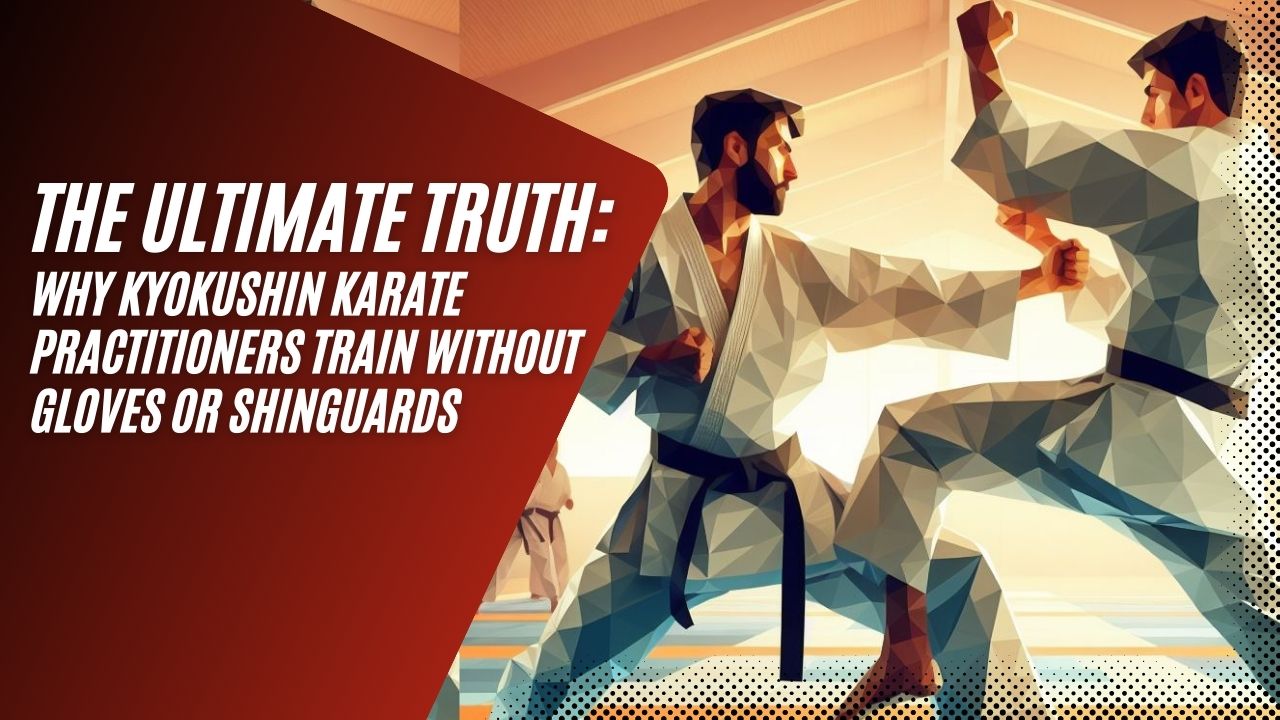Have you ever wondered why some Kyokushin Karate practitioners train without gloves or shinguards? This may seem like a crazy and dangerous idea, but there is a deep and fascinating reason behind it.
In this post, you will learn about the history and philosophy of Kyokushin Karate, one of the most realistic and effective styles of karate in the world. You will also discover the benefits and drawbacks of training without protective gear, and how this rule has shaped the culture and spirit of Kyokushin Karate.
The History and Rationale Behind the No-Gloves and No-Shinguards Rule in Kyokushin Karate
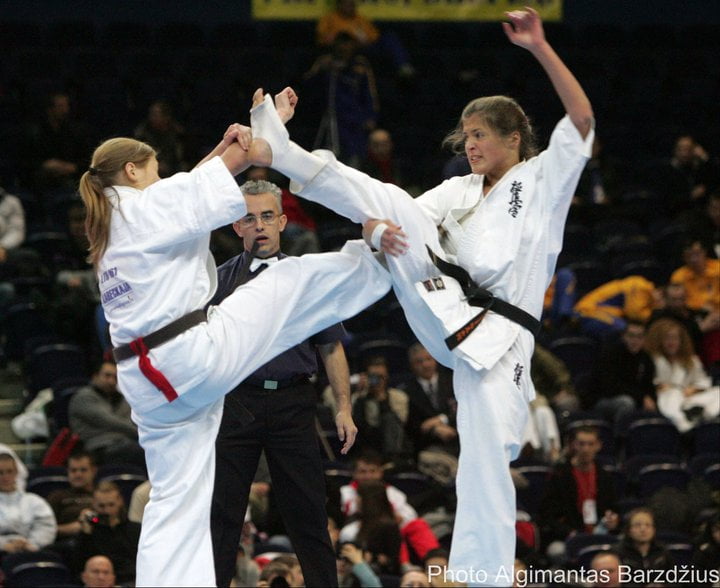
Learn about the origin and purpose of the no-gloves and no-shinguards rule in Kyokushin Karate, reflecting the founder’s vision and philosophy. Understand the challenges and achievements of Kyokushin Karate in its early days, and how it earned respect and recognition around the world.
The Founder: Masutatsu Oyama
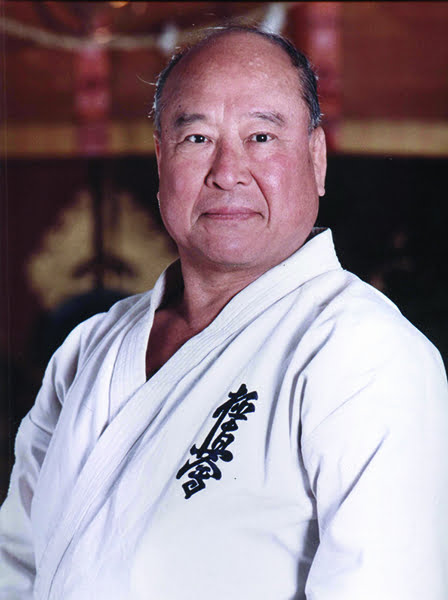
The no-gloves and no-shinguards rule in Kyokushin Karate can be traced back to its founder, Masutatsu Oyama, who was born in Korea in 1923 and moved to Japan when he was nine. Oyama started learning martial arts at a young age and became a master of Shotokan Karate, a traditional style of karate that used protective gear and limited contact.
However, Oyama was not satisfied with the effectiveness and realism of Shotokan Karate and wanted to create a style that was more suitable for actual combat. He believed that karate should be a way of life, not just a sport and that it should test the physical and mental limits of the practitioner. He also wanted to revive the spirit of the ancient warriors, who fought with courage and honour.
To achieve his goal, Oyama left Shotokan Karate and began developing his style of karate, which he named Kyokushin Karate, meaning “the ultimate truth”. He based his style on Goju-Ryu Karate, another traditional style that emphasized hard and soft techniques, and incorporated elements from other martial arts, such as boxing, judo, and kung fu. He also devised a rigorous training regimen that included running, weightlifting, callisthenics, meditation, and breathing exercises.
The Rule: No-Gloves and No-Shinguards
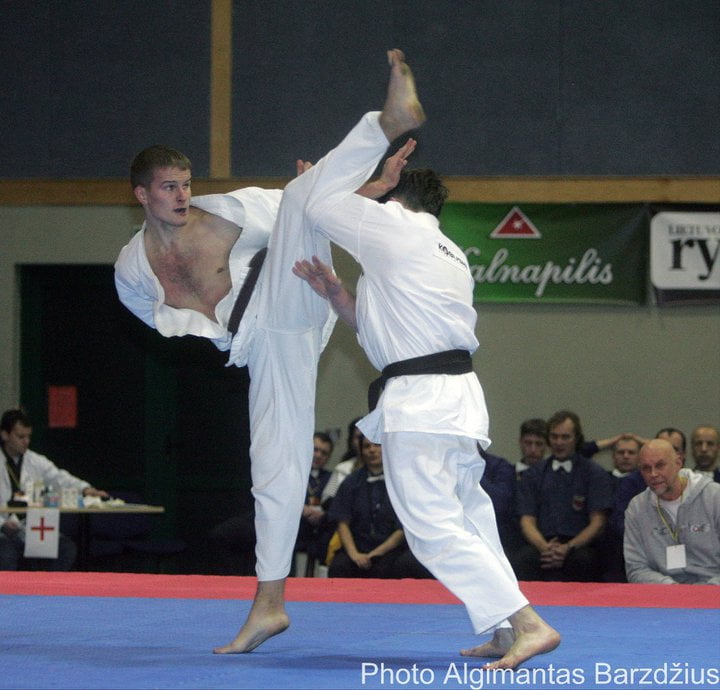
One of the most distinctive features of Kyokushin Karate is the no-gloves and no-shinguards rule, which means that the practitioners train and compete without any protective gear, and strike each other with full force. This rule was established by Oyama to make Kyokushin Karate more realistic and effective, and to develop toughness, endurance, and pain tolerance among the practitioners.
Oyama himself demonstrated the power and effectiveness of his style by fighting bulls and challenging other martial artists. He reportedly killed three bulls with his bare hands and broke the horns of 52 others. He also defeated many opponents from different styles of karate, boxing, wrestling, and taekwondo, in public matches that were often brutal and bloody.
The no-gloves and no-shinguards rule also made Kyokushin Karate more appealing and exciting to the public, who admired the courage and skill of the fighters. Kyokushin Karate became popular in Japan and worldwide, with Oyama establishing a network of dojos and schools. Kyokushin Karate also produced many successful fighters, who won championships and titles in various combat sports, such as kickboxing, mixed martial arts, and full-contact karate.
The Benefits and Drawbacks of Training Without Gloves or Shinguards in Kyokushin Karate
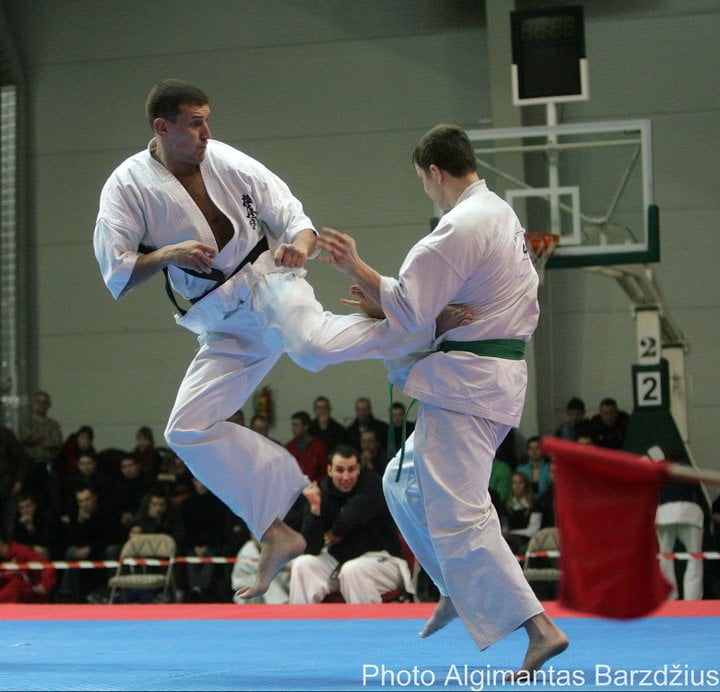
Here we will cover the advantages and disadvantages of training without gloves or shinguards in Kyokushin Karate, including the impact of this rule on practitioners’ performance and health. It also examines how some Kyokushin practitioners and schools have adjusted to various rulesets and safety standards by incorporating protective gear.
The Benefits of Training Without Gloves or Shinguards
Training without gloves or shinguards can have several benefits for Kyokushin Karate practitioners, such as:
- Improving striking power, accuracy, and speed. By training without gloves or shinguards, Kyokushin practitioners can develop more natural and efficient striking techniques, as they have to rely on their body mechanics and alignment, rather than on the padding or cushioning of the gear.
- Developing toughness, endurance, and pain tolerance. By training without gloves or shinguards, Kyokushin practitioners can condition their hands, feet, and shins to withstand the impact of hard strikes, and also learn to cope with the pain and discomfort that comes with it. This can help them overcome fear and hesitation in combat, and also increase their mental and physical resilience.
- Enhancing realism and effectiveness. By training without gloves or shinguards, Kyokushin practitioners can simulate a more realistic and practical fighting scenario, where they have to deal with the consequences of their actions, such as injuries, bruises, cuts, or fractures. This can help them prepare for real-life situations, where they may not have access to protective gear, and also test the validity and applicability of their techniques.
The Drawbacks of Training Without Gloves or Shinguards
Training without gloves or shinguards can also have several drawbacks for Kyokushin Karate practitioners, such as:
- Increasing the risk of injury, especially to the hands, feet, and head. By training without gloves or shinguards, Kyokushin practitioners can expose themselves to more damage and trauma, which can affect their bones, joints, ligaments, tendons, muscles, nerves, and skin. This can lead to acute or chronic injuries, such as fractures, sprains, strains, dislocations, contusions, abrasions, or concussions, which can impair their performance and health.
- Limiting the frequency and intensity of training and sparring. By training without gloves or shinguards, Kyokushin practitioners can reduce the amount and quality of their training and sparring sessions, as they have to be more careful and cautious to avoid injuring themselves or their partners. This can affect their skill development and progress, as they may not be able to practice as often or as hard as they would like to.
- Restricting the diversity and adaptability of techniques and strategies. By training without gloves or shinguards, Kyokushin practitioners can limit their options and choices in terms of techniques and strategies, as they may have to avoid or modify certain moves that are too risky or ineffective without protective gear. For example, they may have to refrain from using punches to the head, kicks to the groin, which are common and useful techniques in other styles of karate or martial arts.
The Adaptations of Training With Gloves or Shinguards
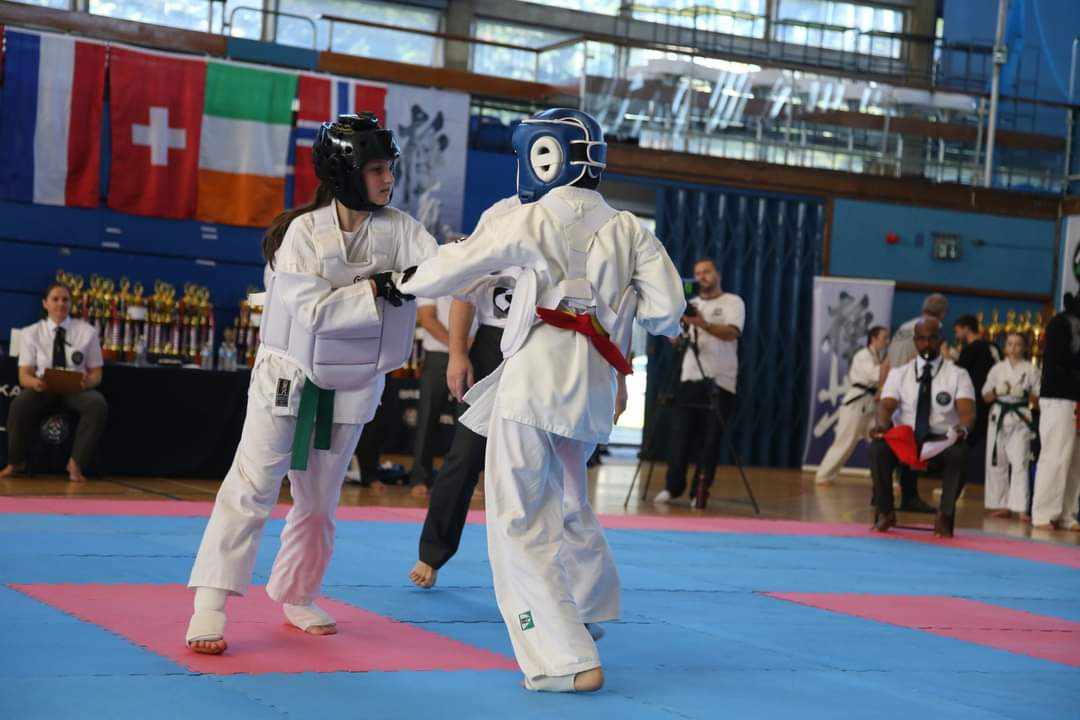
Some Kyokushin practitioners and schools have adopted gloves or shinguards for training and sparring, for various reasons, such as:
- Improving safety and health. Some Kyokushin practitioners and schools have decided to use gloves or shinguards to protect themselves and their partners from unnecessary or excessive injuries and to preserve their long-term health and well-being. They may also use gloves or shinguards to comply with the regulations or standards of their local or national associations, federations, or authorities.
- Expanding opportunities and challenges. Some Kyokushin practitioners and schools have decided to use gloves or shinguards to participate in different events or competitions, where they have to follow different rulesets or formats, such as kickboxing, mixed martial arts, or full-contact karate. They may also use gloves or shinguards to train or spar with practitioners from other styles of karate or martial arts, where they have to adapt to different techniques and strategies.
- Enhancing variety and enjoyment. Some Kyokushin practitioners and schools have decided to use gloves or shinguards to add more variety and fun to their training and sparring sessions, and to explore different aspects and dimensions of their style. They may also use gloves or shinguards to suit their personal preferences, goals, or needs, such as age, level, or condition.
Conclusion
Kyokushin Karate is a full-contact style of karate that trains without gloves or shinguards. This rule was created by the founder, Masutatsu Oyama, to make Kyokushin Karate more realistic and effective, and to develop toughness and endurance. However, this rule also has some drawbacks, such as increasing the risk of injury and limiting the diversity of techniques. Some Kyokushin practitioners and schools have adapted to different rulesets and safety standards by using protective gear.
The no-gloves and no-shinguards rule reflects the tradition and spirit of Kyokushin Karate, which is based on the concept of “ultimate truth”. However, Kyokushin Karate also respects the personal choice and preference of each practitioner.
Kyokushin Karate is a challenging and rewarding martial art that can improve your physical and mental health, as well as your confidence and character. Osu!

